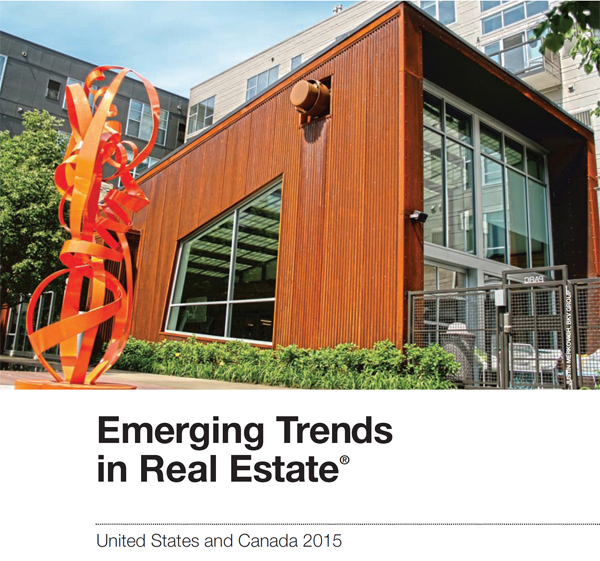New Jersey Future Blog
Transit Popularity Driving Housing Demand
November 19th, 2004 by Tim Evans
- Public transit was a big winner in this month’s national elections. Outside New Jersey, where transit was not on the ballot, voters in “blue” and “red” states alike approved 23 of 31 ballots to extend rail and bus lines.
- The growing popularity of transit is helping fuel an increase in demand for housing near transit. Over the next 25 years, at least a quarter of all U.S. households (some 15 million) will want to rent or buy near transit, according to one national study. That’s double today’s number.
- Demand will be highest in regions that have extensive systems, like the New York City region including New Jersey, and in regions with large growing systems like Los Angeles.
- The Federal Transit Administration says that groups holding the deepest preference for housing close to transit are the same groups that will grow exponentially in the coming decades. They include older Americans, who will constitute 35 percent of the population by 2025; immigrant families, who will account for almost one-third of population growth; and the nearly 70 percent of households that will not include children.
(Sources: “Hidden in Plain Sight: Capturing the Demand for Housing Near Transit” and “Transit is changing the look of the American Dream” op ed by Jenna Dorn, Administrator of the Federal Transit Administration)
CAN NJ MEET THE CHALLENGE?
New Jersey, with one of the most extensive transit infrastructures in the nation, is ideally poised to capture the rising wave of demand for housing near transit and simultaneously rebuild its older communities.
Whether it seizes this opportunity will depend on the state’s willingness to invest in transit maintenance and expansion, and to help rebuild the urban and older suburban communities that host the majority of transit stops and stations.
NJ Transit, which operates the state’s rail and bus lines, today lacks enough funding to cover its operating costs. Instead, it must cover these costs from its capital budget, using money that’s supposed to keep vehicles and infrastructure in decent shape. The state’s Transportation Trust Fund is also exhausted, because New Jersey has borrowed against all of its existing transportation revenue. Unless it’s renewed through new funding, future transit projects will have to be paid for with new taxes, fees or tolls.
A viable transit system provides only half of the solution to redevelopment success. The state must also reprioritize its spending consistent with the State Development and Redevelopment Plan, to favor suburbs and cities where public investment in infrastructure already exists, instead of investing in new and duplicative infrastructure on open lands. In this way, the state can rebuild today’s communities leveraging market demand for housing near transit, and preserve outlying open lands at the same time.
















